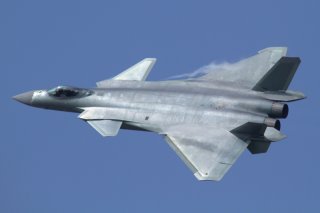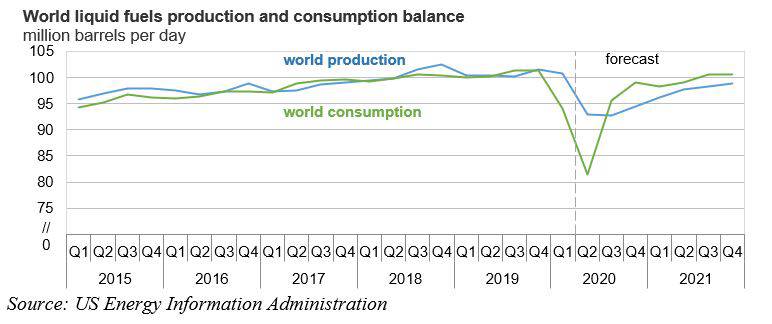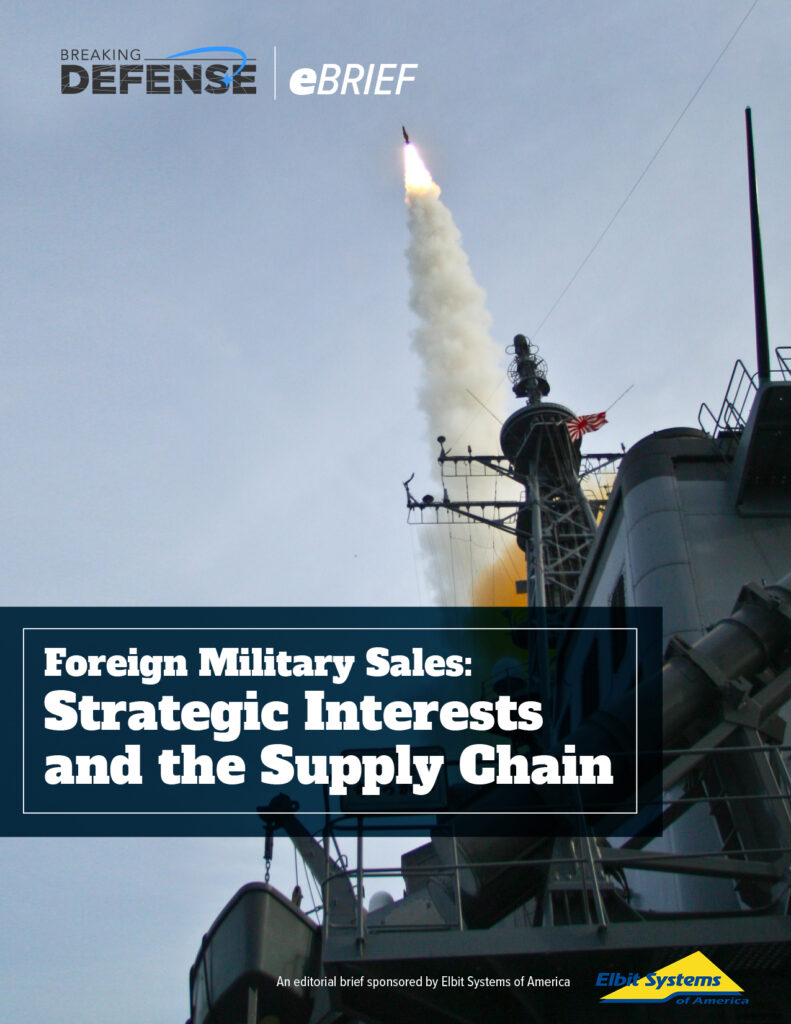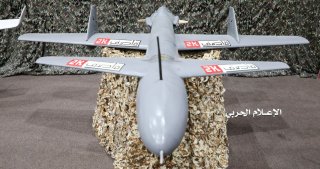 There are a number of reasons for the quick response, including the urgency of the humanitarian situation and a proactive approach to crowdsourcing ideas from the government. India also has a wealth of trained engineering talent and helps foster what’s called jugaad – a frugal innovation mindset to find hacks to problems with limited resources.
There are a number of reasons for the quick response, including the urgency of the humanitarian situation and a proactive approach to crowdsourcing ideas from the government. India also has a wealth of trained engineering talent and helps foster what’s called jugaad – a frugal innovation mindset to find hacks to problems with limited resources.
Robots, apps and ventilators
Around the world, social distancing and contact tracing have been the buzzwords of the response to COVID-19. A particular problem as lockdowns begin to ease will be how to stop the virus spreading in public spaces such as airports or bus stations. Asimov Robotics, a start-up based in Kerala, has deployed robots at entrances to office buildings and other public places to dispense hand sanitiser and deliver public health messages about the virus.
Robots developed by Asimov Robotics are also being deployed in hospital isolation wards to carry food and medicines, which eases the pressure on medical staff.















